-
 Bitcoin
Bitcoin $108,703.4836
0.45% -
 Ethereum
Ethereum $2,576.6839
1.58% -
 Tether USDt
Tether USDt $1.0001
0.00% -
 XRP
XRP $2.2924
-0.87% -
 BNB
BNB $660.2136
0.01% -
 Solana
Solana $151.4729
-0.29% -
 USDC
USDC $1.0000
0.00% -
 TRON
TRON $0.2866
0.04% -
 Dogecoin
Dogecoin $0.1698
0.82% -
 Cardano
Cardano $0.5831
0.13% -
 Hyperliquid
Hyperliquid $37.9814
-3.97% -
 Bitcoin Cash
Bitcoin Cash $503.9489
1.93% -
 Sui
Sui $2.8994
0.74% -
 Chainlink
Chainlink $13.5429
0.38% -
 UNUS SED LEO
UNUS SED LEO $9.0693
-0.19% -
 Stellar
Stellar $0.2524
0.15% -
 Avalanche
Avalanche $18.1959
1.02% -
 Shiba Inu
Shiba Inu $0.0...01180
1.48% -
 Toncoin
Toncoin $2.7601
-0.76% -
 Hedera
Hedera $0.1606
0.96% -
 Litecoin
Litecoin $86.6105
0.26% -
 Monero
Monero $315.7691
-0.56% -
 Polkadot
Polkadot $3.3911
0.25% -
 Dai
Dai $1.0001
0.03% -
 Ethena USDe
Ethena USDe $1.0002
0.02% -
 Bitget Token
Bitget Token $4.3076
-0.05% -
 Uniswap
Uniswap $7.5901
3.66% -
 Aave
Aave $288.0954
0.35% -
 Pepe
Pepe $0.0...01002
1.64% -
 Pi
Pi $0.4578
0.09%
How to send digital currency in imToken?
imToken facilitates sending various cryptocurrencies; verify the recipient's address meticulously to avoid irreversible fund loss. Network fees (gas fees) vary with network congestion, and understanding token types (ERC-20, BEP-20, native) is crucial for successful transactions.
Mar 25, 2025 at 05:21 am
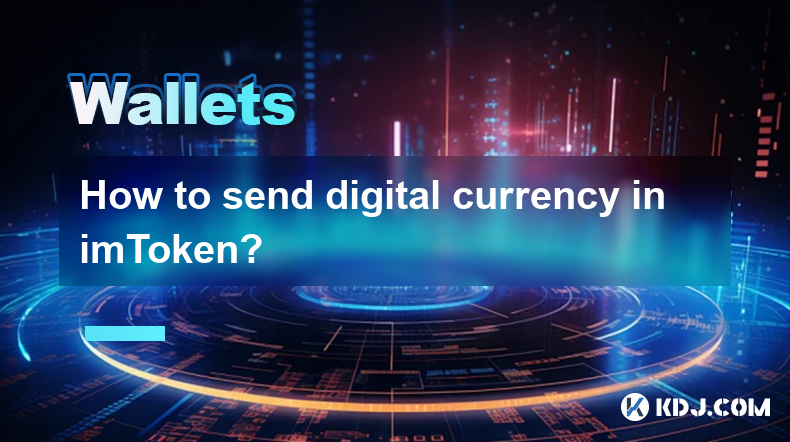
Key Points:
- imToken supports sending various cryptocurrencies. The process is generally similar but may have slight variations depending on the specific token.
- You'll need the recipient's wallet address. Double-checking this address is crucial to prevent irreversible loss of funds.
- Network fees (gas fees) are essential for transaction processing. These fees vary based on network congestion.
- Understanding the differences between ERC-20 tokens, BEP-20 tokens, and native tokens (like ETH or BTC) is vital for accurate sending.
How to Send Digital Currency in imToken
imToken is a popular mobile wallet for managing various cryptocurrencies. Sending digital currency through imToken is a straightforward process, but understanding the nuances is vital to ensure a smooth and successful transaction. Let's explore the steps involved.
First, you need to open your imToken app and select the specific cryptocurrency you wish to send. Locate the asset in your wallet's asset list. Each cryptocurrency is associated with a specific blockchain network (e.g., Ethereum, Binance Smart Chain). Understanding this network is crucial for choosing the correct settings when sending.
Next, tap the "Send" button associated with the selected cryptocurrency. This action initiates the sending process, prompting you to enter the recipient's wallet address. This address is unique to each digital wallet and is essential for routing the transaction correctly. It's critical to verify the address multiple times to prevent sending your funds to the wrong recipient. A single typo can lead to irreversible loss of funds.
After entering the recipient's address, you need to specify the amount of cryptocurrency you want to send. imToken will clearly display the amount you're sending, typically showing both the numerical amount and the equivalent value in your chosen fiat currency (e.g., USD, EUR). Double-check this amount before proceeding to the next step.
Before confirming the transaction, you'll be presented with the network fee (gas fee). This fee compensates the miners or validators who process and confirm your transaction on the blockchain. Gas fees fluctuate based on network congestion. High network activity leads to higher gas fees. You can usually adjust the gas fee, but lower fees might result in slower transaction processing times. Carefully review the fee before proceeding.
Once you've reviewed the recipient's address, the amount, and the network fee, you'll need to confirm the transaction. This usually involves a confirmation prompt on your device, potentially requiring biometric authentication (fingerprint or face ID). After confirming, your transaction will be broadcast to the blockchain network.
The process may vary slightly depending on the specific token you're sending. For instance, sending ETH (native Ethereum token) might be slightly different from sending an ERC-20 token (a token built on the Ethereum blockchain). Similarly, sending a BEP-20 token (a token built on the Binance Smart Chain) involves its own specific considerations. Always pay attention to the network selection options within imToken.
Sending Different Token Types:
- ERC-20 Tokens: These tokens run on the Ethereum blockchain. You'll need sufficient ETH in your wallet to cover gas fees.
- BEP-20 Tokens: These tokens operate on the Binance Smart Chain. You'll typically need BNB (Binance Coin) to cover transaction fees.
- Native Tokens (e.g., ETH, BTC): These are the native cryptocurrencies of their respective blockchains. The process is generally straightforward, but ensure you select the correct network.
Remember to always double-check all details before confirming any transaction. The irreversible nature of blockchain transactions means that mistakes can have significant financial consequences.
Frequently Asked Questions:
Q: What happens if I enter the wrong recipient address?
A: Sending cryptocurrency to the wrong address is irreversible. Your funds will likely be lost, as there's no way to retrieve them. Always double-check the address multiple times before confirming the transaction.
Q: What are gas fees, and why are they important?
A: Gas fees are transaction fees paid to miners or validators who process and confirm transactions on the blockchain. They are essential for the transaction to be processed. Higher network congestion leads to higher gas fees.
Q: Can I send different types of cryptocurrencies from the same imToken wallet?
A: Yes, imToken supports a wide range of cryptocurrencies. You can send various tokens from the same wallet, but you must select the correct token and network for each transaction.
Q: What should I do if my transaction is pending for a long time?
A: Pending transactions can be due to high network congestion or insufficient gas fees. You might need to increase the gas fee or wait for network congestion to ease. Check the blockchain explorer for your transaction status.
Q: Is imToken secure?
A: imToken employs various security measures to protect user funds, including encryption and multi-signature options. However, it's crucial to practice good security habits, such as using a strong password and enabling two-factor authentication.
Q: How do I know if my transaction was successful?
A: After confirming the transaction, you can check its status on the relevant blockchain explorer (e.g., Etherscan for Ethereum). The explorer will show you the transaction details and its confirmation status. You'll also receive a notification within imToken.
Disclaimer:info@kdj.com
The information provided is not trading advice. kdj.com does not assume any responsibility for any investments made based on the information provided in this article. Cryptocurrencies are highly volatile and it is highly recommended that you invest with caution after thorough research!
If you believe that the content used on this website infringes your copyright, please contact us immediately (info@kdj.com) and we will delete it promptly.
- Kraken, Rear Wing, and Memecoins: A Wild Ride to the Singapore Grand Prix!
- 2025-07-09 00:50:12
- Cronos Skyrockets: Decoding the Reasons Behind CRO's Crypto Surge
- 2025-07-09 01:30:12
- Ethereum's Wall Street Love & Ruvi AI's Audit Rally: A Crypto Cocktail
- 2025-07-09 00:55:12
- Crypto Coins with Growth Potential: Top Picks for Savvy Investors
- 2025-07-09 01:35:13
- Onyxcoin (XCN) vs. Solana (SOL): A Promising Bet in the Crypto Game?
- 2025-07-09 00:30:12
- Pi Network's Supply Surge: A Recipe for Price Problems?
- 2025-07-09 02:10:13
Related knowledge
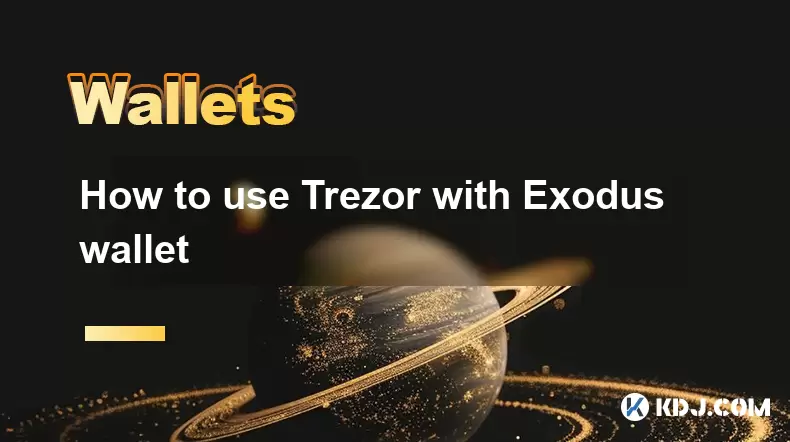
How to use Trezor with Exodus wallet
Jul 09,2025 at 12:49am
Connecting Trezor Hardware Wallet to Exodus Software WalletTo use Trezor with Exodus wallet, users need to connect the hardware wallet to the software...
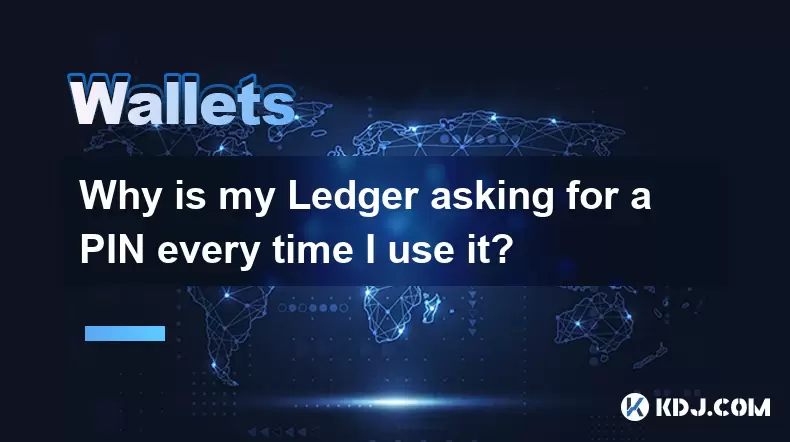
Why is my Ledger asking for a PIN every time I use it?
Jul 08,2025 at 11:21pm
Understanding the Purpose of the PIN on Your Ledger DeviceThe PIN (Personal Identification Number) is a crucial security feature built into every Ledg...
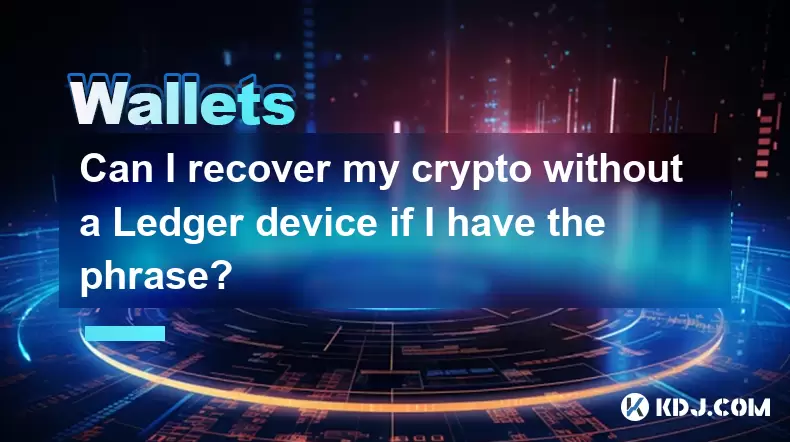
Can I recover my crypto without a Ledger device if I have the phrase?
Jul 09,2025 at 01:36am
Understanding the Role of a Recovery Phrase in Crypto SecurityIf you have your recovery phrase but no Ledger device, you might wonder whether it's pos...
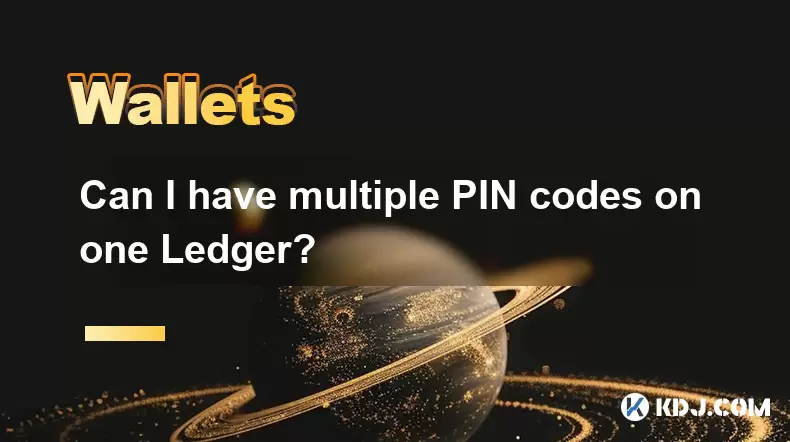
Can I have multiple PIN codes on one Ledger?
Jul 09,2025 at 12:35am
Understanding the Basics of Decentralized Exchanges (DEXs)A decentralized exchange, or DEX, is a type of cryptocurrency trading platform that operates...
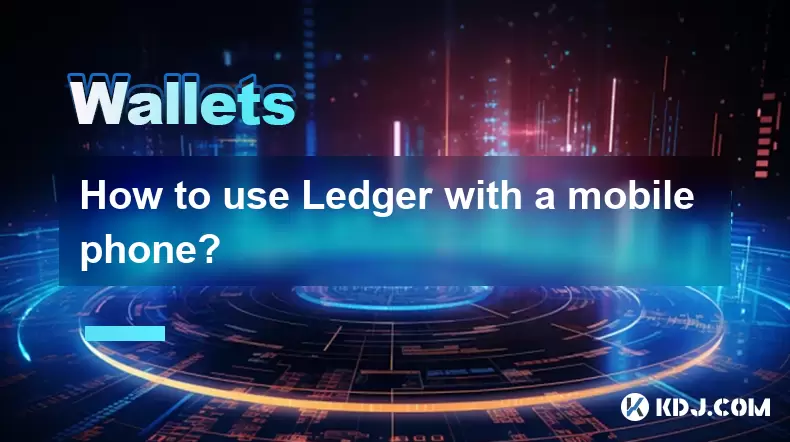
How to use Ledger with a mobile phone?
Jul 08,2025 at 10:49pm
Connecting Ledger Hardware Wallet to Mobile DevicesUsing a Ledger hardware wallet with a mobile phone provides a secure and convenient way to manage c...
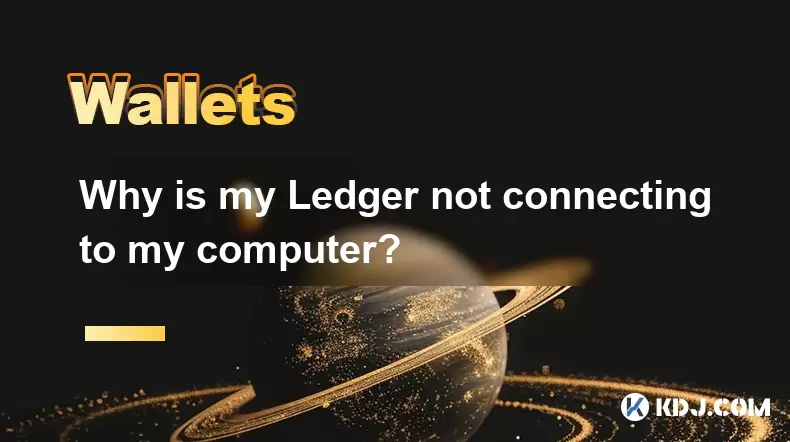
Why is my Ledger not connecting to my computer?
Jul 09,2025 at 03:01am
Checking the Physical ConnectionIf your Ledger is not connecting to your computer, the first step involves verifying the physical connection between t...

How to use Trezor with Exodus wallet
Jul 09,2025 at 12:49am
Connecting Trezor Hardware Wallet to Exodus Software WalletTo use Trezor with Exodus wallet, users need to connect the hardware wallet to the software...

Why is my Ledger asking for a PIN every time I use it?
Jul 08,2025 at 11:21pm
Understanding the Purpose of the PIN on Your Ledger DeviceThe PIN (Personal Identification Number) is a crucial security feature built into every Ledg...

Can I recover my crypto without a Ledger device if I have the phrase?
Jul 09,2025 at 01:36am
Understanding the Role of a Recovery Phrase in Crypto SecurityIf you have your recovery phrase but no Ledger device, you might wonder whether it's pos...

Can I have multiple PIN codes on one Ledger?
Jul 09,2025 at 12:35am
Understanding the Basics of Decentralized Exchanges (DEXs)A decentralized exchange, or DEX, is a type of cryptocurrency trading platform that operates...

How to use Ledger with a mobile phone?
Jul 08,2025 at 10:49pm
Connecting Ledger Hardware Wallet to Mobile DevicesUsing a Ledger hardware wallet with a mobile phone provides a secure and convenient way to manage c...

Why is my Ledger not connecting to my computer?
Jul 09,2025 at 03:01am
Checking the Physical ConnectionIf your Ledger is not connecting to your computer, the first step involves verifying the physical connection between t...
See all articles

























































































